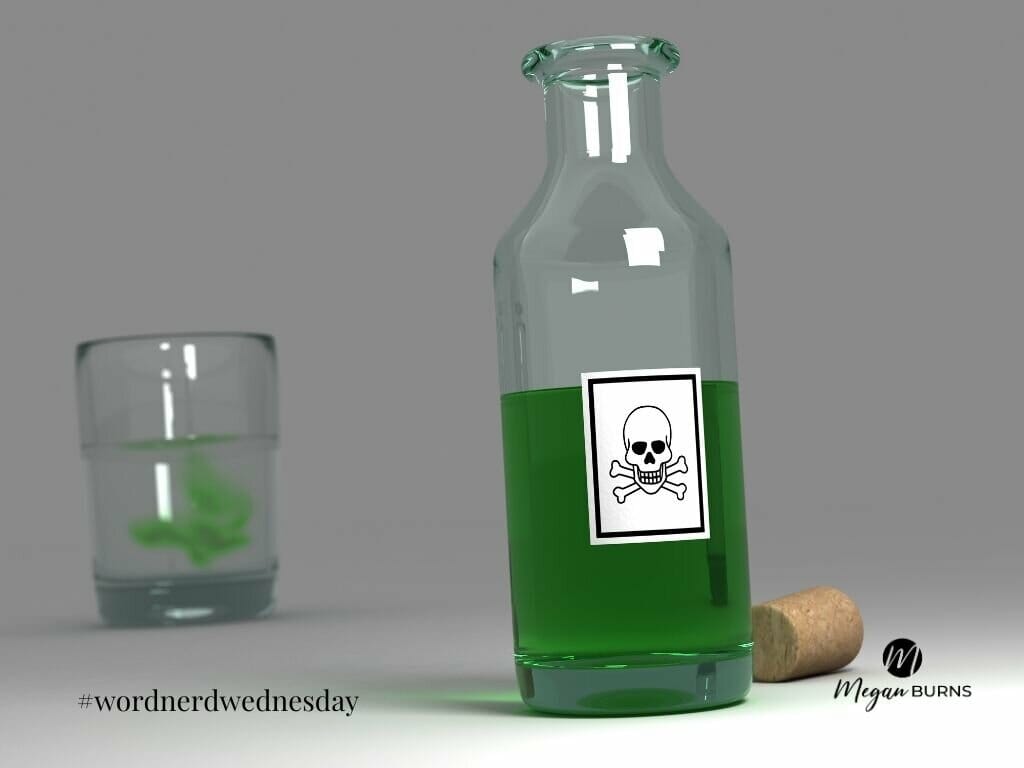We’re all tired of the word “virus,” but I read a fascinating word-nerdy piece in the NY Times this weekend that was too interesting not to share. It is long and dense, so I captured the highlights:
-
“Virus” is the Latin word for poisonous liquid/venom. It’s been around since the 1500s as a general term for infectious substances. No one knew the things we call viruses even existed until the invention of the electron microscope in the 1930s.
-
The closest we came to the modern meaning before that was a Dutch scientist who used virus in 1851 to refer to sap from a diseased plant, that, when injected into a healthy plant, made the healthy plant sick.
-
Since discovering the microscopic trouble-makers, scientists, philosophers, and ethicists have been engaged in a vigorous debate over whether viruses are dead or alive. The problem is we don’t have a scientifically precise definition of “alive.” NASA has been debating the issue since 1992; no one can say for sure life exists on other planets without first defining what counts as “life” more precisely.
As much as I love clarifying definitions, I’m happy to leave this one to the rocket scientists!



